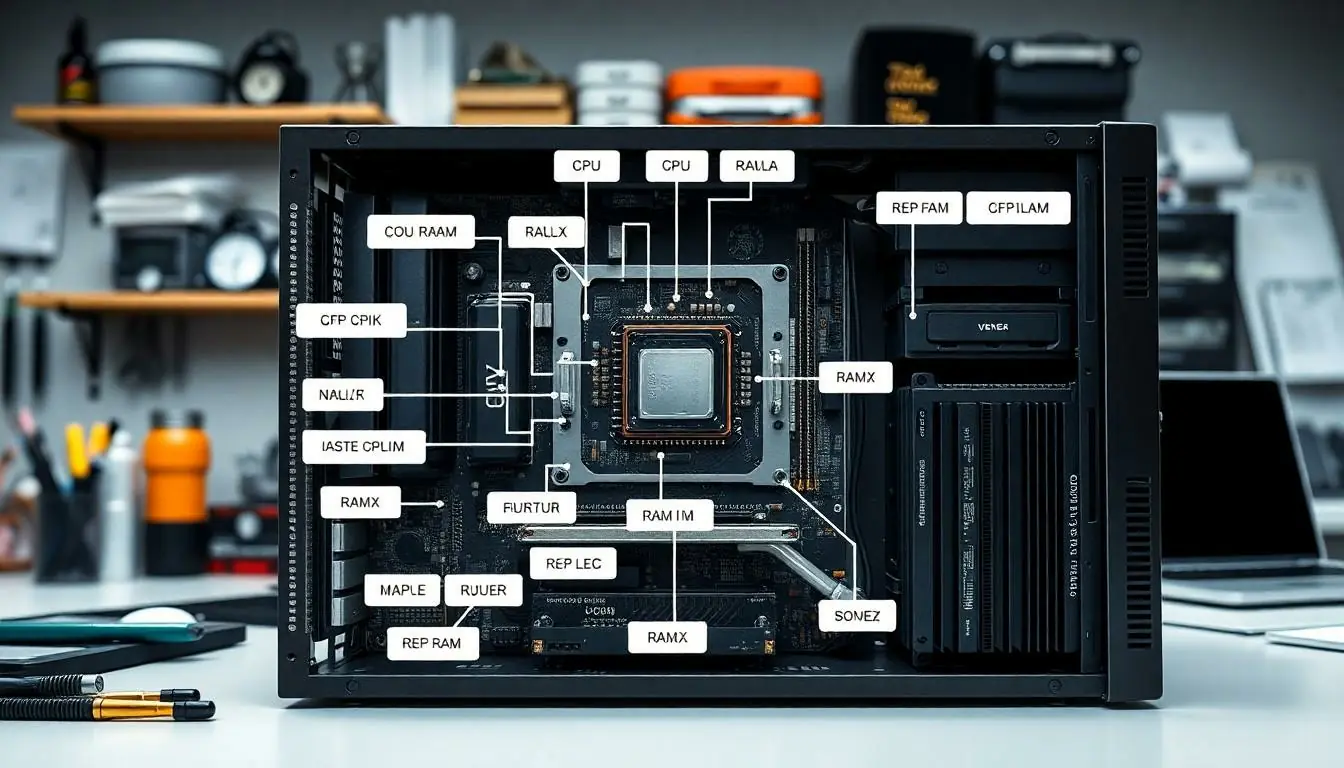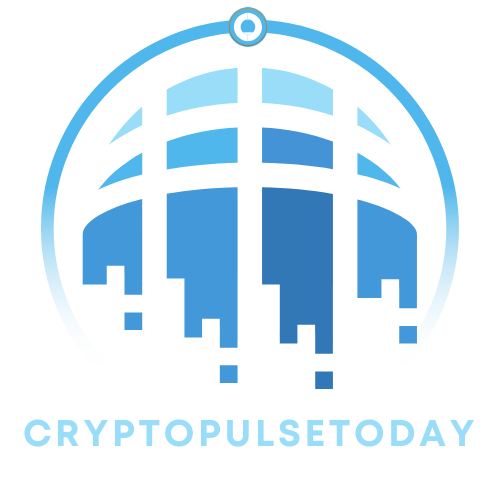Table of Contents
ToggleIn the world of computers, understanding hardware is like knowing the secret handshake of a cool club. A computer hardware diagram is your VIP pass, revealing how all those mysterious components work together to create the magic of technology. It’s not just a jumble of wires and circuits; it’s the blueprint of your digital life, ensuring everything runs smoothly—unless you enjoy the thrill of random crashes, of course.
Overview Of Computer Hardware Diagrams
Computer hardware diagrams visually represent the relationship and interaction between different components within a computer system. These diagrams include elements such as the central processing unit (CPU), memory, storage devices, and input/output interfaces. Each component plays a vital role in system performance and functionality.
These graphical illustrations make it easier to understand how data flows between different parts of the computer. They help identify potential issues, enabling users to troubleshoot more efficiently. For instance, a clear diagram can guide technicians in locating hardware failures or optimizing configurations.
Various types of computer hardware diagrams exist, including block diagrams and circuit diagrams. Block diagrams provide a high-level view of a system, showcasing major components and their connections. Circuit diagrams show detailed electronic schematics, highlighting individual connections and functionalities.
Understanding these diagrams contributes to more effective learning for those interested in computer architecture. By visualizing connections, users grasp complex concepts more readily. Additionally, hardware diagrams serve as valuable resources during the assembly or repair of computer systems.
For educational purposes, schools and training programs often utilize these diagrams to teach principles of computing. Professionals in IT and computer engineering frequently reference them to communicate effectively within teams. Proper understanding of these diagrams fosters a deeper comprehension of system design and maintenance.
Importance Of Computer Hardware Diagrams

Computer hardware diagrams play a significant role in understanding how a computer operates. They serve as visual guides to illustrate how various components work together for optimal performance.
Clarity In Understanding Components
Clarity in understanding components is essential for anyone involved in computer technology. Diagrams present each part, such as the CPU, RAM, and storage devices, in a clear and organized manner. Visual representations simplify complex structures, making it easier to learn about interactions. Learning also becomes more efficient since individuals can quickly identify the function of each component. Educators and students alike benefit from these diagrams, as they enhance understanding and retention of crucial information.
Aiding In Troubleshooting
Aiding in troubleshooting represents another key advantage of computer hardware diagrams. When technicians encounter hardware issues, these diagrams provide valuable insights into component relationships. They help pinpoint failures by illustrating data flow paths and interconnections. Additionally, diagrams enable faster configuration optimizations, reducing downtime during repairs. Using diagrams, IT professionals can communicate more effectively about system designs. Enhanced communication leads to quicker resolutions and better planning for maintenance tasks.
Types Of Computer Hardware Diagrams
Different types of computer hardware diagrams serve specific purposes in illustrating component interactions. Understanding these diagrams enhances technical knowledge and improves communication among IT professionals.
Block Diagrams
Block diagrams offer a simplified view of a computer system’s architecture. They display major components like the CPU, memory, and input/output devices. These components are represented as blocks connected by lines indicating data flow. Block diagrams assist in understanding system functionality without delving into intricate details. Utilizing block diagrams helps identify interactions between components quickly, making them useful for educational purposes and high-level discussions.
Circuit Diagrams
Circuit diagrams provide detailed information about electrical connections within a computer. They depict individual components such as resistors, capacitors, and ICs represented by standardized symbols. This level of detail is crucial for examining how signals travel within the system. Circuit diagrams aid technicians in troubleshooting hardware issues by illustrating connections and identifying potential faults. Analyzing these diagrams enables professionals to optimize designs for better performance and reliability.
Physical Layout Diagrams
Physical layout diagrams focus on the arrangement of hardware components within a computer case. These diagrams show where components like the motherboard, power supply, and hard drives are positioned. Understanding this layout fosters effective assembly and maintenance. Physical layout diagrams assist builders in organizing spaces efficiently, preventing overheating or cable clutter. They are essential for ensuring proper airflow and accessibility during repairs or upgrades.
Creating A Computer Hardware Diagram
Creating a computer hardware diagram requires the right tools and a solid understanding of best practices to ensure clarity and accuracy.
Tools And Software
Various tools and software applications streamline the process of creating hardware diagrams. Microsoft Visio serves as a popular choice for designing professional diagrams due to its wide range of templates and features. Lucidchart offers a user-friendly interface that enables users to collaborate on diagrams in real-time. Draw.io provides a free alternative for creating diagrams without sacrificing functionality. Furthermore, specialized software like Fritzing allows for circuit and physical layout designs, catering to hobbyists and professionals alike. These tools enhance efficiency and precision, making it easier to represent complex systems accurately.
Best Practices
Following best practices during diagram creation enhances clarity and usability. Start by clearly defining each component’s role within the system, ensuring a logical flow of information. Use standardized symbols and labels to maintain consistency across diagrams, which aids comprehension. Group related components visually to depict their interactions effectively. Maintain a balance between detail and simplicity to avoid overwhelming viewers. Incorporate color coding for different types of components, enhancing visual appeal and readability. Verify the diagram’s accuracy by cross-referencing with reliable sources, ensuring it accurately represents the hardware architecture.
Understanding computer hardware diagrams is essential for anyone involved in technology. These diagrams not only clarify how components interact but also serve as invaluable tools for troubleshooting and system optimization. By mastering the different types of diagrams available technicians and educators can enhance their technical knowledge and communication skills.
Utilizing the right tools and adhering to best practices ensures that these diagrams remain clear and accurate. This clarity fosters a deeper comprehension of computer architecture and contributes to more efficient maintenance and assembly. Embracing the insights offered by computer hardware diagrams ultimately leads to improved performance and reliability in computer systems.




